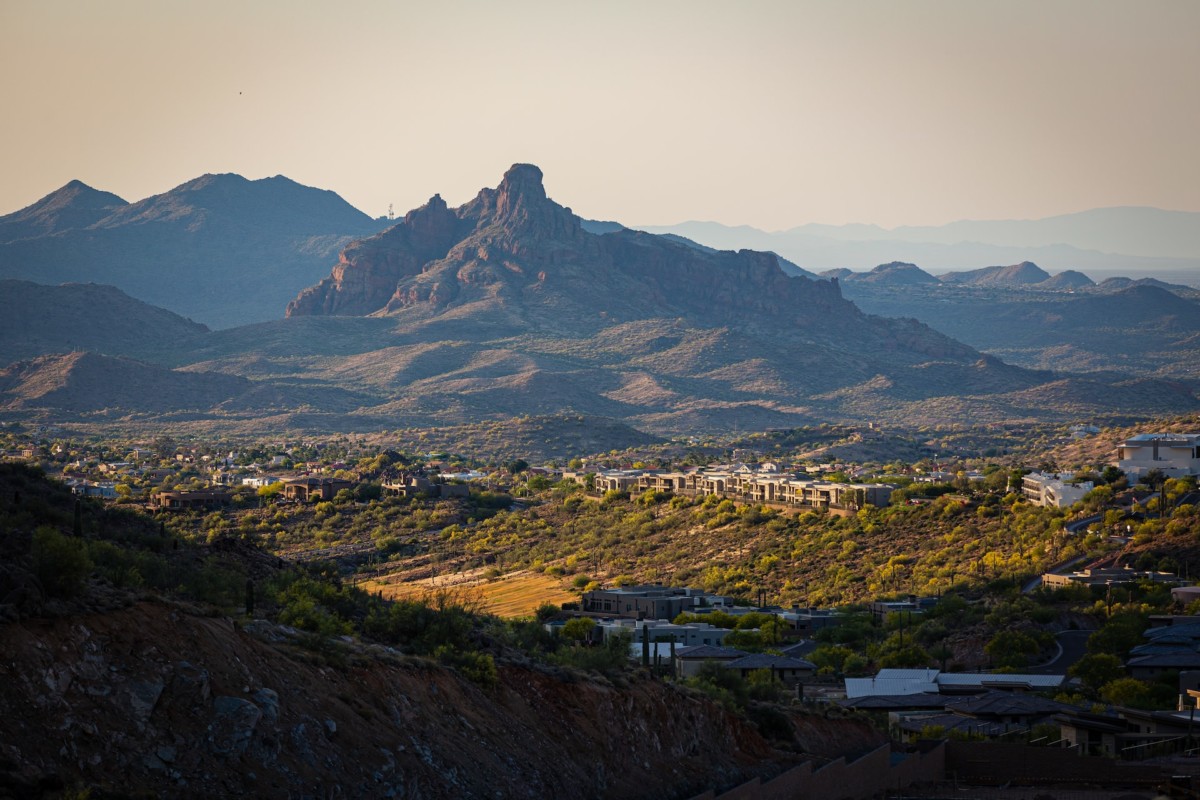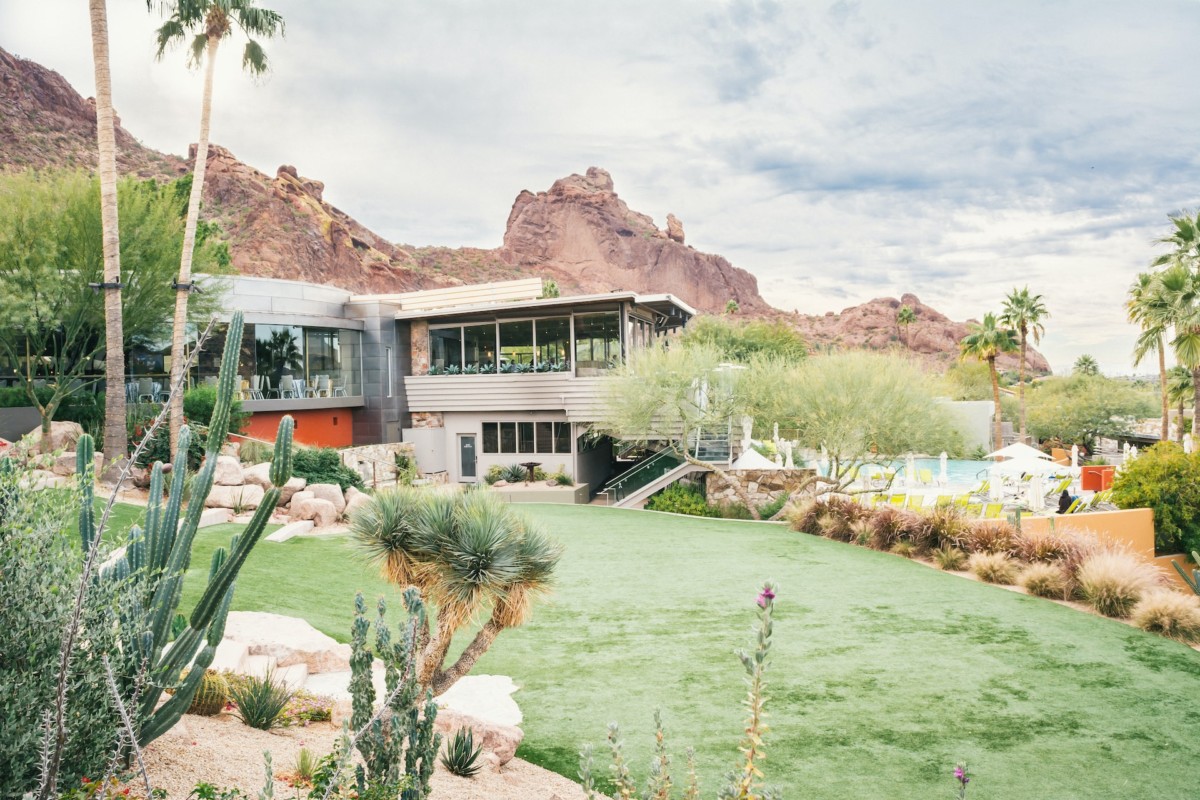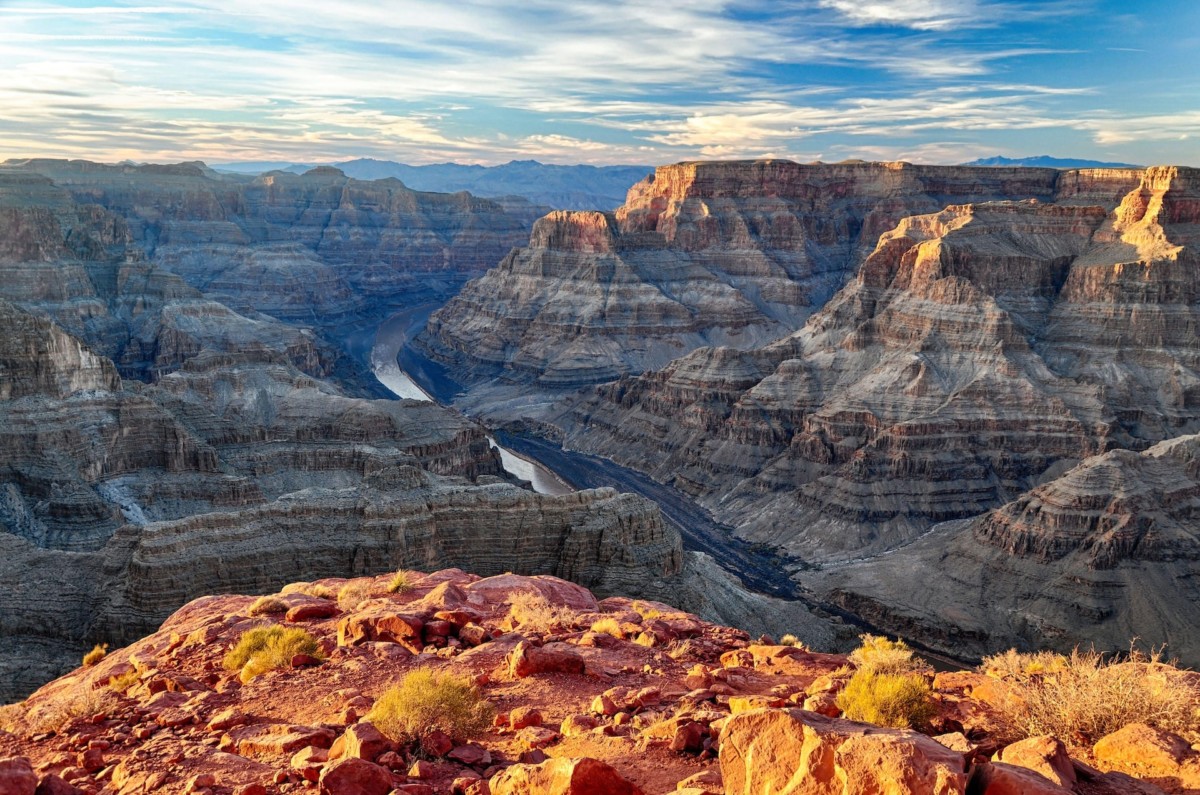12 Pros and Cons of Living in Arizona

Thinking of relocating to the Grand Canyon State? Here are the pros and cons of living in Arizona to give you some insight on what to expect. The post 12 Pros and Cons of Living in Arizona appeared first on Redfin | Real Estate Tips for Home Buying, Selling & More.

There are many things to take into account if you’re thinking of moving to Arizona. From the natural beauty of the Grand Canyon to the bustling city life of Phoenix, there’s something for everyone in this southwestern state. That said, just like any other state, there are drawbacks to Arizona as well. So if you’re considering buying a home in Mesa, renting an apartment in Scottsdale, or moving to another one of Arizona’s unique cities, here’s what you need to know about the pros and cons of living in Arizona.
Interested in moving to Arizona? Check out:
Homes for sale in Arizona | Apartments for rent in Arizona | Houses for rent in Arizona

Quick Facts about Arizona
| Population | 7,151,502 |
| Median home sale price | $455,100 |
| Average rent in Arizona | $1,499 |
| Largest cities in Arizona | Phoenix, Tucson, Mesa |
Is Arizona a good place to live?
Yes! Many would say that Arizona is a great place to live. It’s a popular destination for people who want sunshine year-round, lower taxes, and access to outdoor recreation – from desert hiking to mountain biking. Housing is still relatively affordable compared to coastal states, though prices have climbed in recent years. Daily life here tends to be more laid-back, with a mix of suburban sprawl and natural beauty just outside the city. You’ll also find a growing food scene, with new restaurants opening in hotspots like Scottsdale, Tempe, and throughout the Phoenix metro. And if you like to travel, Arizona’s central location makes it easy to get to California, Nevada, Utah, or even Mexico with just a short drive or flight.
But, living in Arizona has its challenges. The summer heat can be intense, especially in the southern part of the state where temperatures often sit above 110°F for weeks. Air conditioning isn’t optional, it’s a must, so expect above-average utility costs during the hotter months. Traffic congestion is also becoming more of an issue in growing metro areas like Phoenix, and owning a car is almost a necessity here as public transportation is limited.
1. Pro: The sun is almost always out
With an average of 300 days of sunshine per year, Arizona offers a serious upgrade for anyone tired of gray skies and harsh winters. That’s a big reason why so many people from colder parts of the country relocate here – the dry, sunny weather is hard to beat and the consistent sunshine makes it easy to stay active year-round. All that sun also makes Arizona a leader in solar energy. Homeowners can take advantage of generous sunlight and often see lower energy bills with rooftop panels. If you’re thinking long-term and want to cut costs or reduce your carbon footprint, solar is a smart move here.
2. Con: The heat in Arizona can get intense
Although the warm weather is a perk of living in Arizona, the extreme heat can also be a downside, especially during summer. The summer months in Arizona are extremely dry and can exceed average temperatures ranging from 90-120 degrees Fahrenheit. You’ll want to heatproof your home and if you don’t like the heat, consider living in northern cities like Flagstaff or Prescott, where the temperatures are cooler.

3. Pro: Arizona is relatively affordable
Arizona continues to attract new residents in part because the cost of living remains relatively affordable – especially when compared to neighboring states like California. While home prices have climbed in recent years (the median home sale price is around $455,000, slightly above the national median of $431,000). many areas in the state still offer more square footage for your money than you’ll find in other major metros. Cities like Tucson, Mesa, and parts of the West Valley provide more budget-friendly options for both renters and buyers, without sacrificing access to jobs, schools, and amenities.
Beyond housing, Arizona also tends to offer lower costs for utilities, groceries, and transportation. For example, energy bills may be higher in the summer months due to air conditioning, but the state generally avoids heating expenses common in colder regions. Add in a lower overall tax burden – including no tax on Social Security income – and Arizona can be a practical, cost-conscious choice for many.
4. Con: You’ll want to keep an eye out for the Arizona haboobs
During the summer, monsoon rains lead to dust storms, or “haboobs.” These massive walls of dust cause poor visibility and make driving dangerous. The storms occur when the air is the hottest and driest, between June and September. Haboobs can make it difficult to leave the house or go to work until the storm passes. If you move to Arizona, keep an eye on the weather forecast during these months and plan accordingly.
5. Pro: Expanding amenities throughout the state
As the state’s population grows, so do its amenities – new grocery stores, entertainment options, and shopping centers are popping up in fast-growing suburbs like Gilbert, Chandler, and Peoria. The food and drink scene is also evolving quickly, with a wave of innovative restaurants, craft breweries, and coffee shops opening across Phoenix, Tempe, and Scottsdale. This growth brings more variety and convenience to daily life, especially for those looking for a blend of urban energy and suburban comfort.
6. Con: Many residents only live here seasonally
“Snowbird” migration is the phenomenon of northerners fleeing the cold winters in other states for the warm weather in Arizona. This influx of visitors can create crowds in popular cities like Phoenix and Tucson. The migration also drives up the cost of living in Arizona as demand for goods and services increases. If you move to Arizona, be prepared for the state to feel more crowded during the winter months.
7. Pro: There are beautiful landscapes in every direction you look
Home to the majestic Grand Canyon, the red rocks of Sedona, and the Petrified Forest, Arizona’s natural beauty is hard to ignore. Whether you’re driving through saguaro-studded deserts, hiking among red rock formations, or escaping to pine forests in the north, the scenery is constantly changing – and always impressive. The state is also filled with cacti, Palo Verde trees, and a variety of other desert plants, adding to its unique desert charm. You don’t have to travel far to find a new view, and the variety of landscapes means you can go from canyon to forest to mountain all in the same weekend. It’s one of the few states where the scenery alone can sell you on staying.

8. Con: Wildlife can get a little too close to home
Living in Arizona means sharing space with desert wildlife, and sometimes that includes your backyard. It’s not uncommon to spot scorpions, snakes, coyotes, or javelinas in residential areas, especially on the outskirts of cities or near open desert. Homeowners often take extra precautions, like sealing up entry points and being cautious during dusk and dawn hours. While most encounters are harmless, it’s something to be aware of if you’re not used to living near nature.
9. Pro: The cities are built on a grid
10. Con: The heat can cause wildfires throughout the state
Due to the dry climate, Arizona is prone to wildfires. The state has experienced some of the worst wildfires, including the Rodeo-Chediski Fire, which burned over 469,000 acres of land in 2002. Wildfires are common, especially during the summer, due to extreme heat and lack of rainfall.
If you move to Arizona, be aware of the risks posed by wildfires and have a plan in place in case one breaks out. Keep an eye on the news and follow any evacuation orders from authorities in the event of a wildfire. Learn more about how to fireproof your house.
11. Pro: There are many outdoor activities to keep you busy
Arizona’s landscape is a playground for anyone who loves the outdoors. From hiking in the red rocks of Sedona to paddleboarding on Tempe Town Lake, there’s no shortage of ways to stay active. You can explore mountain trails, desert landscapes, canyons, and lakes all within a few hours’ drive. The Grand Canyon, one of the Seven Natural Wonders of the World, is also located in the northern part of the state. This natural wonder is a must-see for anyone who lives in Arizona, and there are many ways to explore it. You can hike to the bottom, take a mule ride, or whitewater raft through the rapids. The weather (especially outside the peak summer months) makes it easy to spend time outside year-round. Whether you’re into rock climbing, biking, golfing, or just taking in a sunset hike, Arizona gives you plenty of reasons to step away from the screen.
12. Con: Infrastructure is still catching up outside of major metros
Arizona’s population growth has outpaced its infrastructure in many areas. As more people move to cities like Phoenix, Mesa, and Tucson, roads, public transit, and utilities are under pressure. Traffic congestion is becoming a bigger issue in major metros, and some fast-growing suburbs are still playing catch-up with essential services like water, broadband internet, and public transportation. While investments are being made to improve infrastructure, the rapid pace of development means some communities feel the strain before solutions are fully in place.
The post 12 Pros and Cons of Living in Arizona appeared first on Redfin | Real Estate Tips for Home Buying, Selling & More.

